Home>Furniture & Design>Bathroom Accessories>How Much Is A Toothbrush
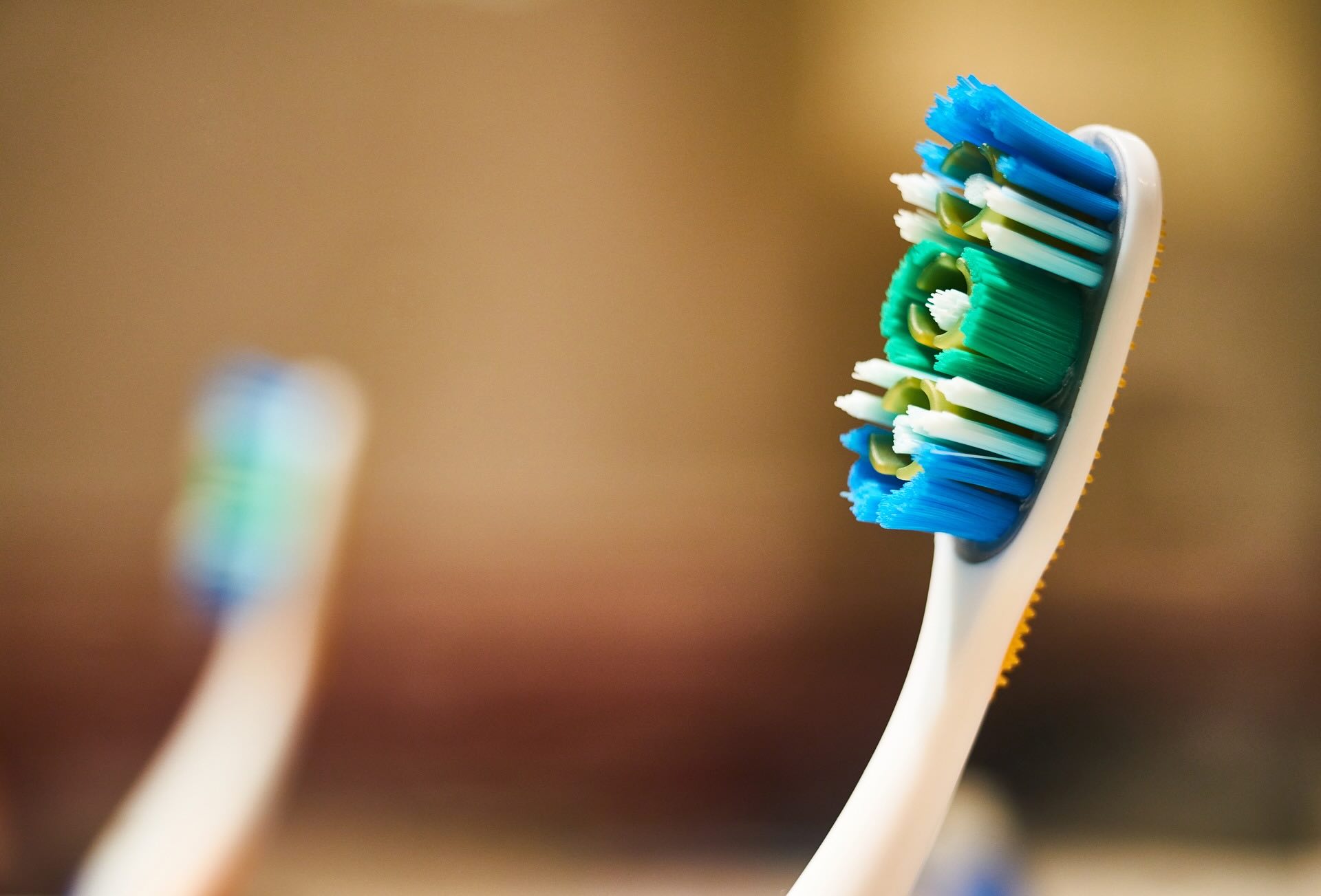

Bathroom Accessories
How Much Is A Toothbrush
Modified: February 18, 2024
Discover the cost of a toothbrush and other bathroom accessories. Find out how much you should budget for essential items. Explore our guide now!
(Many of the links in this article redirect to a specific reviewed product. Your purchase of these products through affiliate links helps to generate commission for Storables.com, at no extra cost. Learn more)
Introduction
When it comes to maintaining good oral hygiene, a toothbrush is an indispensable tool. It's the unsung hero of our daily routine, diligently working to keep our pearly whites clean and healthy. But have you ever wondered about the cost of this humble yet essential bathroom accessory? The price of a toothbrush can vary widely, influenced by several factors such as its type, features, and brand. In this article, we'll delve into the world of toothbrushes, exploring the factors that affect their cost, the average prices, the different types available, and tips for selecting the right one for your oral care needs. Whether you're a budget-conscious consumer or someone who values premium dental care products, understanding the nuances of toothbrush pricing can help you make informed decisions and ensure that your smile remains bright and beautiful. So, let's embark on this enlightening journey into the realm of toothbrush economics and discover the fascinating world behind the price tags of these everyday essentials.
Key Takeaways:
- The cost of a toothbrush varies based on brand, materials, and features. Manual toothbrushes range from $1 to $5, while electric ones start at $20 and can go up to $200 for premium models.
- When choosing a toothbrush, consider bristle type, head shape, and manual vs. electric options. Regular replacement and specialized needs should also be taken into account for effective oral care.
Read more: How Much Is A Sonicare Toothbrush
Factors Affecting the Cost of a Toothbrush
The price of a toothbrush is influenced by various factors that play a significant role in determining its cost. Understanding these factors can provide valuable insights into why toothbrushes are priced differently and help consumers make informed purchasing decisions.
1. Brand and Reputation
Well-established brands with a strong reputation in the oral care industry often command higher prices for their toothbrushes. These brands invest in research, innovation, and marketing to develop advanced features and technologies, which contribute to the overall cost of their products. Consumers may be willing to pay a premium for the assurance of quality and reliability associated with renowned brands.
2. Materials and Construction
The materials used in the construction of a toothbrush can impact its price. For example, toothbrushes made with high-quality bristles, ergonomic handles, and durable components may be priced higher than basic models. Additionally, factors such as the use of sustainable or eco-friendly materials can also influence the cost, reflecting the growing demand for environmentally conscious products.
3. Features and Technology
Advanced features and innovative technologies incorporated into modern toothbrushes contribute to their pricing. Electric toothbrushes, for instance, often come with various brushing modes, pressure sensors, timers, and Bluetooth connectivity for personalized oral care experiences. These advanced functionalities elevate the cost of electric toothbrushes compared to traditional manual ones.
Read more: How Much Is A Waterpik Toothbrush?
4. Packaging and Presentation
The packaging and presentation of a toothbrush can impact its perceived value and, consequently, its price. Toothbrushes packaged with additional accessories, travel cases, or aesthetically appealing designs may be priced higher due to the enhanced presentation and perceived value they offer to consumers.
5. Marketing and Distribution
The expenses associated with marketing, distribution, and retail markup also contribute to the final retail price of a toothbrush. Brands often invest in advertising campaigns, endorsements, and retail partnerships, which are factored into the product's pricing to cover these promotional and distribution costs.
6. Customization and Personalization
Some toothbrushes offer customization options, such as personalized handles, color choices, or monogramming, allowing consumers to tailor the product to their preferences. These customized features can lead to higher production costs, resulting in a premium price tag for personalized toothbrushes.
By considering these factors, consumers can gain a deeper understanding of the dynamics influencing toothbrush pricing, enabling them to make informed choices based on their preferences, budget, and oral care needs.
Average Price of a Toothbrush
The average price of a toothbrush can vary significantly based on several factors, including the type of toothbrush, brand, features, and materials. For traditional manual toothbrushes, the average price typically ranges from $1 to $5, making them an affordable and accessible option for consumers seeking basic oral care. These conventional toothbrushes are available in various bristle types, such as soft, medium, and hard, catering to individual preferences and dental needs.
On the other hand, electric toothbrushes, known for their advanced cleaning capabilities and innovative features, generally command a higher price range. Basic electric toothbrush models start at around $20 and can go up to $200 or more for premium models with cutting-edge technologies and customizable settings. The cost of electric toothbrushes is influenced by factors such as the brand, brushing modes, pressure sensors, battery life, and additional accessories included in the package.
Furthermore, specialized toothbrushes designed for specific oral care requirements, such as orthodontic braces or sensitive gums, may have a slightly higher average price due to their tailored design and targeted functionality. These specialized toothbrushes often incorporate unique bristle configurations and ergonomic designs to address specific dental concerns, reflecting their slightly elevated price point compared to standard toothbrushes.
In recent years, the oral care market has witnessed the emergence of eco-friendly and sustainable toothbrush options, crafted from biodegradable materials or featuring replaceable brush heads to minimize environmental impact. While these environmentally conscious toothbrushes may have a higher upfront cost, their sustainable design and eco-friendly attributes appeal to consumers seeking greener alternatives, contributing to the diversification of toothbrush pricing in the market.
It's important to note that the average price of a toothbrush is also influenced by promotional offers, seasonal discounts, and bulk purchase options available from retailers and online platforms. Consumers can take advantage of these opportunities to acquire quality toothbrushes at competitive prices, making oral care more accessible and cost-effective.
By understanding the average price ranges of different types of toothbrushes and the factors influencing their cost, consumers can make informed decisions based on their budget, oral care preferences, and the value they seek in a toothbrush. Whether opting for a budget-friendly manual toothbrush or investing in a feature-rich electric model, the diverse range of toothbrush options ensures that individuals can find a suitable oral care solution that aligns with their needs and budgetary considerations.
Read more: How Much Does A Toothbrush Weigh In Pounds
Types of Toothbrushes and Their Prices
When it comes to toothbrushes, consumers are presented with a diverse array of options, each tailored to specific oral care needs and preferences. Understanding the various types of toothbrushes and their corresponding prices can empower individuals to make informed choices that align with their dental requirements and budget considerations.
1. Manual Toothbrushes
Manual toothbrushes are the traditional go-to option for oral hygiene, offering a cost-effective and straightforward approach to daily brushing. These toothbrushes are available in a wide range of designs, bristle configurations, and handle grips, catering to individual preferences and dental sensitivities. The prices of manual toothbrushes typically range from $1 to $5, making them an affordable choice for consumers seeking basic yet reliable oral care tools.
2. Electric Toothbrushes
Electric toothbrushes have gained popularity for their advanced cleaning capabilities and customizable features, offering an elevated brushing experience compared to manual counterparts. The prices of electric toothbrushes vary based on the brand, model, and incorporated technologies. Basic electric toothbrush models start at around $20, providing essential features such as multiple brushing modes and rechargeable batteries. Premium electric toothbrushes, equipped with cutting-edge functionalities such as pressure sensors, Bluetooth connectivity, and advanced brushing algorithms, can range from $100 to $200 or more, reflecting the investment in innovative oral care technologies.
3. Specialty Toothbrushes
Specialized toothbrushes cater to specific dental needs, addressing concerns such as sensitive gums, orthodontic braces, or whitening requirements. These toothbrushes are designed with unique bristle configurations, ergonomic handles, and targeted functionalities to deliver tailored oral care solutions. The prices of specialty toothbrushes may slightly exceed those of standard toothbrushes due to their specialized design and enhanced features, offering consumers personalized options to address specific dental concerns.
4. Eco-Friendly Toothbrushes
In response to growing environmental awareness, eco-friendly toothbrush options have emerged, featuring sustainable materials and eco-conscious designs. These toothbrushes, crafted from biodegradable components or incorporating replaceable brush heads, align with the principles of sustainability and environmental responsibility. While the prices of eco-friendly toothbrushes may be slightly higher than conventional options, their eco-conscious attributes appeal to consumers seeking greener oral care alternatives, reflecting a commitment to environmental stewardship.
By exploring the diverse types of toothbrushes and their corresponding prices, consumers can navigate the oral care market with confidence, selecting toothbrushes that best suit their individual needs, preferences, and budget constraints. Whether opting for a budget-friendly manual toothbrush, investing in a feature-rich electric model, or embracing eco-friendly alternatives, the availability of diverse toothbrush options ensures that individuals can prioritize their oral health while aligning with their values and budgetary considerations.
Tips for Choosing the Right Toothbrush
Selecting the right toothbrush is crucial for maintaining optimal oral hygiene. With a myriad of options available, finding the perfect toothbrush can seem daunting. However, by considering the following tips, individuals can make informed decisions and choose a toothbrush that aligns with their specific dental needs and preferences.
-
Bristle Type and Firmness: When selecting a toothbrush, it's essential to consider the bristle type and firmness. Most dental professionals recommend opting for a toothbrush with soft bristles, as they are gentle on the gums and effectively remove plaque and debris from the teeth. Avoid toothbrushes with hard bristles, as they can potentially cause gum irritation and enamel damage.
-
Size and Head Shape: The size and shape of the toothbrush head play a significant role in reaching all areas of the mouth, including the back molars and behind the rear teeth. A toothbrush with a compact head and a shape that comfortably fits the individual's mouth can facilitate thorough and efficient cleaning, ensuring that no areas are overlooked during brushing.
-
Manual vs. Electric: Consider the choice between a manual and an electric toothbrush. While both types can effectively clean the teeth when used correctly, electric toothbrushes offer additional features such as built-in timers, pressure sensors, and various brushing modes, which can enhance the brushing experience and ensure consistent cleaning. Individuals with dexterity issues or those seeking a more advanced oral care routine may benefit from the features offered by electric toothbrushes.
-
Handle Design and Grip: The design and grip of the toothbrush handle can significantly impact the comfort and control during brushing. Look for a toothbrush with an ergonomic handle that provides a secure grip, allowing for precise maneuvering and reducing the risk of slippage. Comfortable handling can encourage individuals to maintain proper brushing techniques and ensure thorough cleaning.
-
Consider Specialized Needs: Individuals with specific dental concerns, such as sensitive gums, orthodontic appliances, or dental restorations, should opt for toothbrushes designed to address these needs. Specialized toothbrushes tailored for sensitive gums or orthodontic care feature unique bristle configurations and ergonomic designs, providing targeted solutions for specific oral care requirements.
-
Replace Regularly: It's important to replace toothbrushes regularly to maintain optimal oral hygiene. Dental professionals recommend replacing toothbrushes every three to four months or sooner if the bristles show signs of wear. Regular replacement ensures that the toothbrush remains effective in removing plaque and bacteria, contributing to overall oral health.
By considering these tips, individuals can navigate the diverse range of toothbrush options with confidence, selecting a toothbrush that promotes effective cleaning, comfort, and personalized oral care. Making an informed choice when choosing a toothbrush can contribute to a consistent and thorough oral hygiene routine, ultimately supporting long-term dental health and a radiant smile.
Conclusion
In conclusion, the cost of a toothbrush is influenced by a multitude of factors, including brand reputation, materials, features, and marketing strategies. Understanding these determinants provides consumers with valuable insights into the pricing dynamics of toothbrushes, empowering them to make informed purchasing decisions based on their preferences and budgetary considerations.
The average price of a toothbrush varies depending on the type and features. Traditional manual toothbrushes offer an affordable option, with prices typically ranging from $1 to $5, making them accessible to a wide range of consumers. On the other hand, electric toothbrushes, renowned for their advanced cleaning capabilities and customizable features, command a higher price range, starting at around $20 for basic models and reaching up to $200 or more for premium variants. Specialty toothbrushes designed for specific oral care needs and eco-friendly options crafted from sustainable materials represent additional segments within the diverse range of toothbrush pricing.
By exploring the types of toothbrushes and their corresponding prices, consumers can navigate the oral care market with confidence, selecting toothbrushes that best suit their individual needs, preferences, and budget constraints. Whether opting for a budget-friendly manual toothbrush, investing in a feature-rich electric model, or embracing eco-friendly alternatives, the availability of diverse toothbrush options ensures that individuals can prioritize their oral health while aligning with their values and budgetary considerations.
Furthermore, when choosing the right toothbrush, individuals should consider factors such as bristle type and firmness, size and head shape, manual versus electric options, handle design and grip, specialized needs, and the importance of regular replacement. By taking these factors into account, consumers can make informed decisions and select a toothbrush that promotes effective cleaning, comfort, and personalized oral care, contributing to a consistent and thorough oral hygiene routine.
In essence, the world of toothbrushes encompasses a wide spectrum of options, each catering to unique oral care needs and preferences. By understanding the intricacies of toothbrush pricing and the diverse range of available choices, consumers can embark on their oral care journey with confidence, knowing that they have the knowledge and insights to select the perfect toothbrush that aligns with their individual requirements and supports their ongoing commitment to dental health.
Frequently Asked Questions about How Much Is A Toothbrush
Was this page helpful?
At Storables.com, we guarantee accurate and reliable information. Our content, validated by Expert Board Contributors, is crafted following stringent Editorial Policies. We're committed to providing you with well-researched, expert-backed insights for all your informational needs.
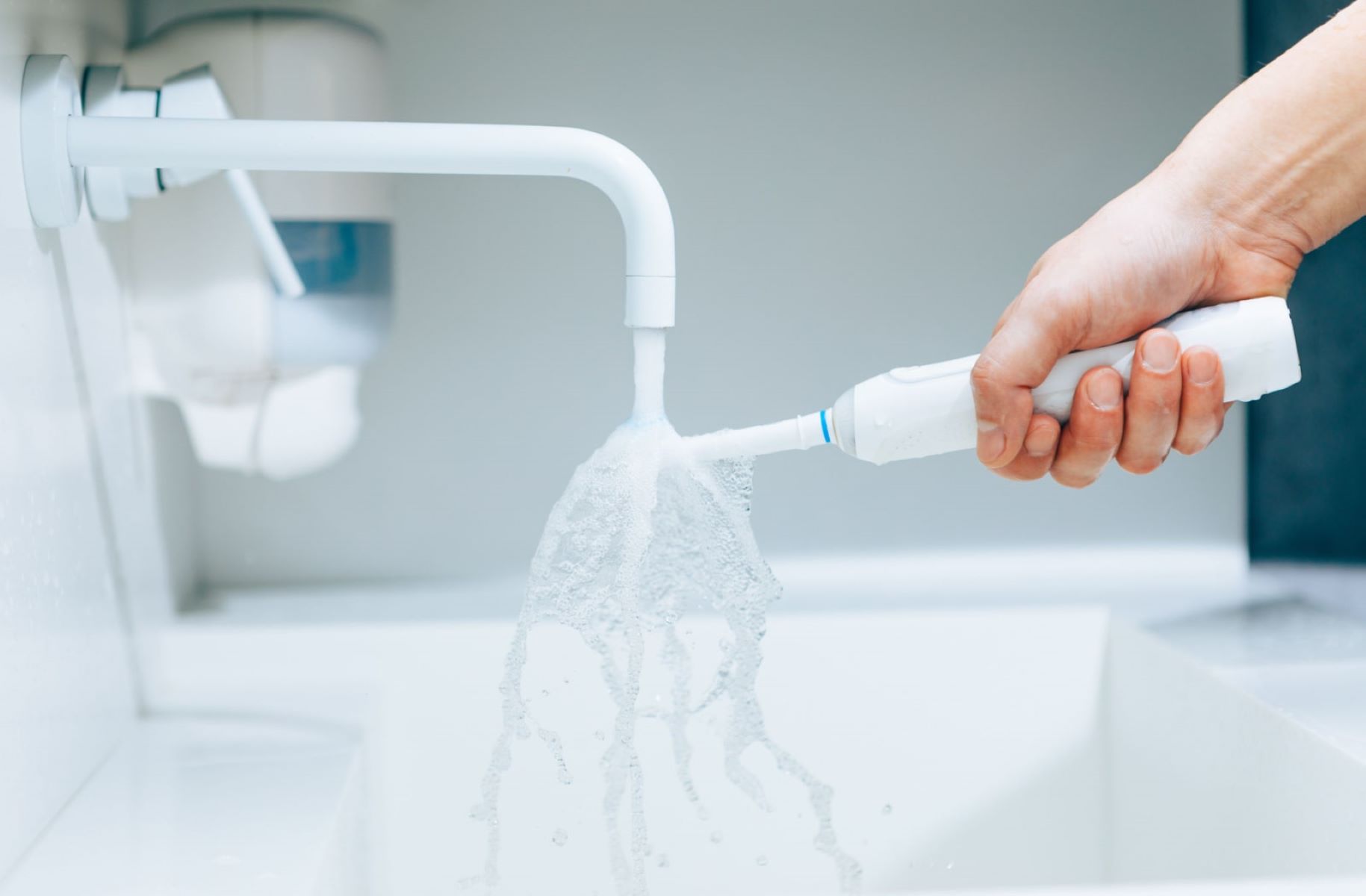
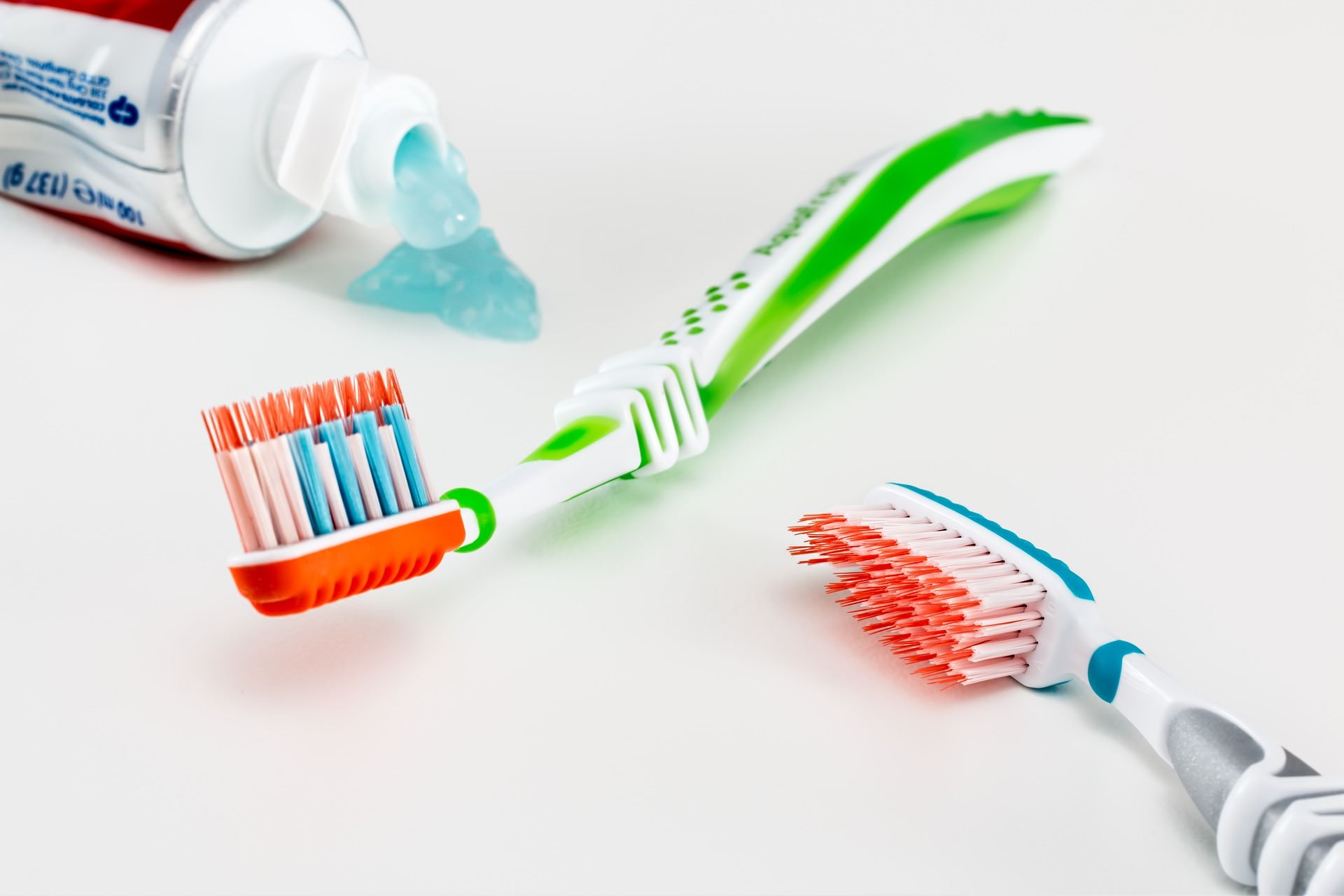
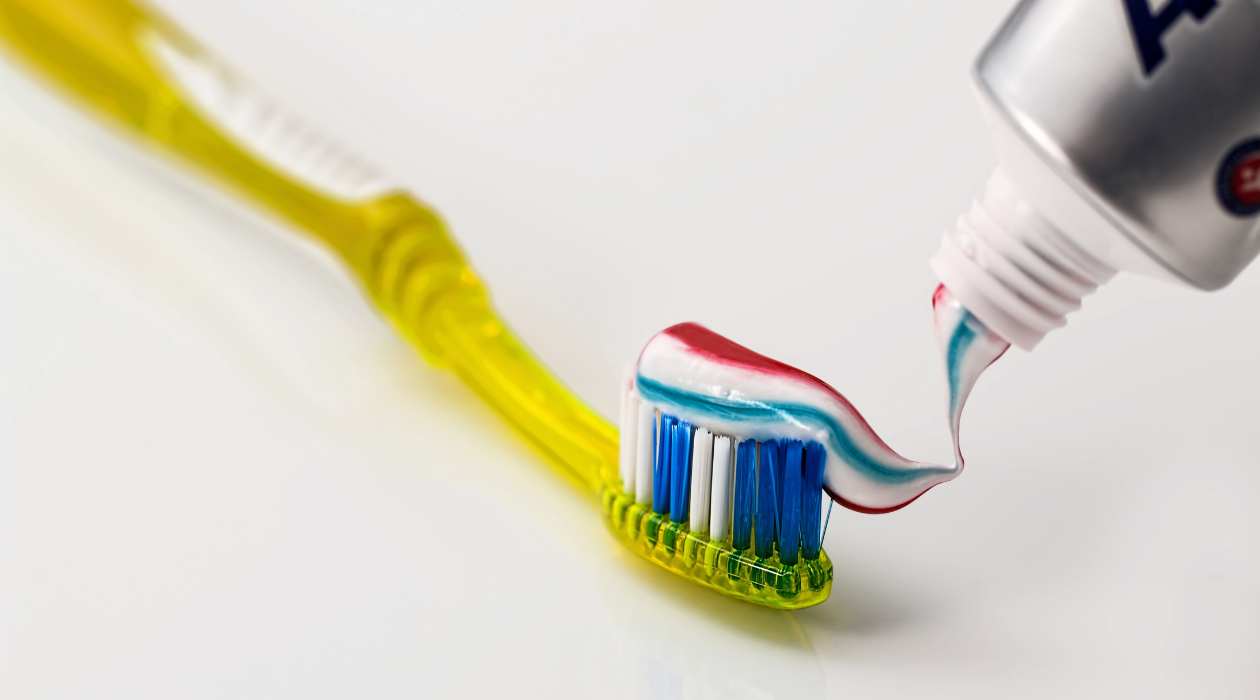
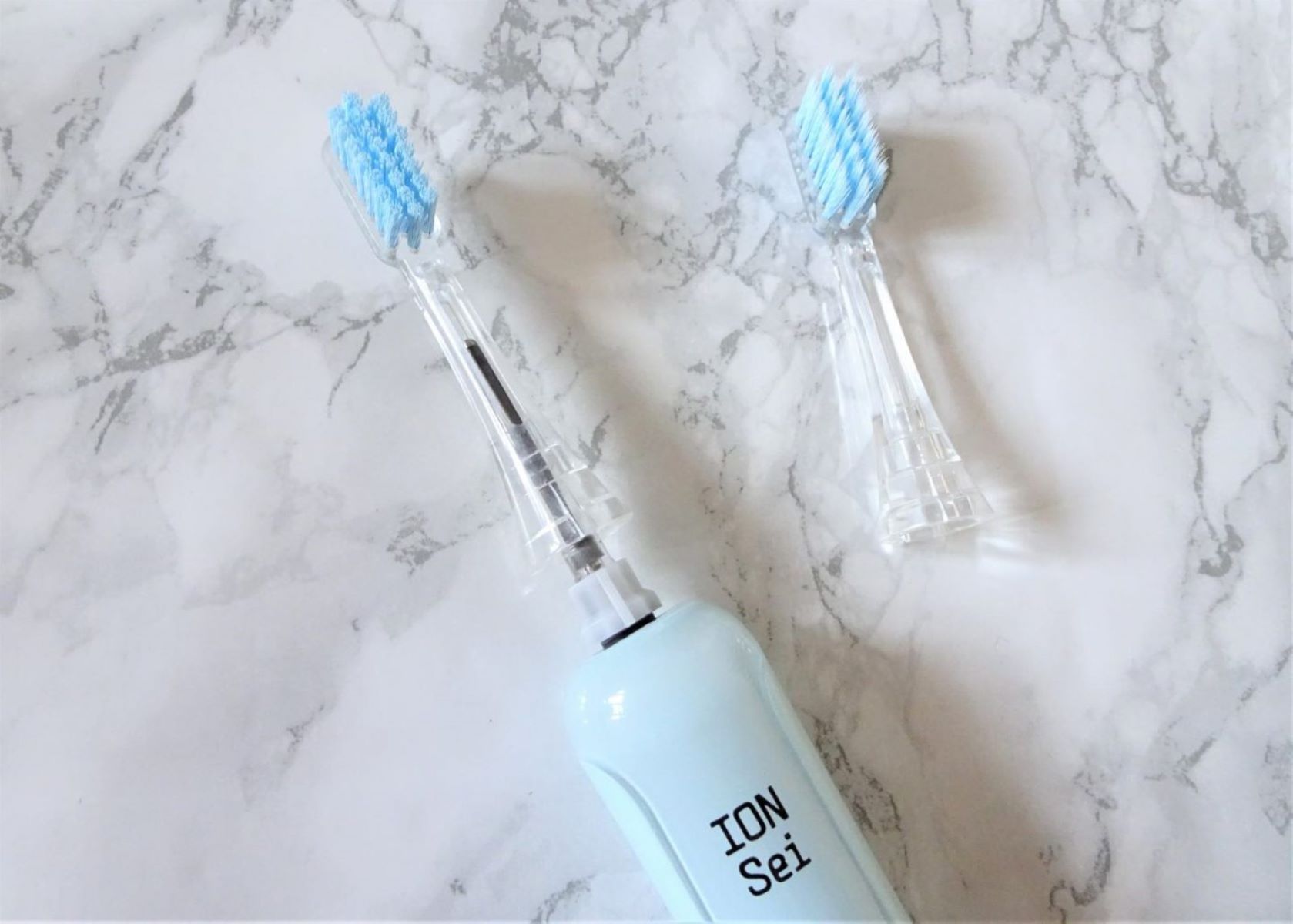
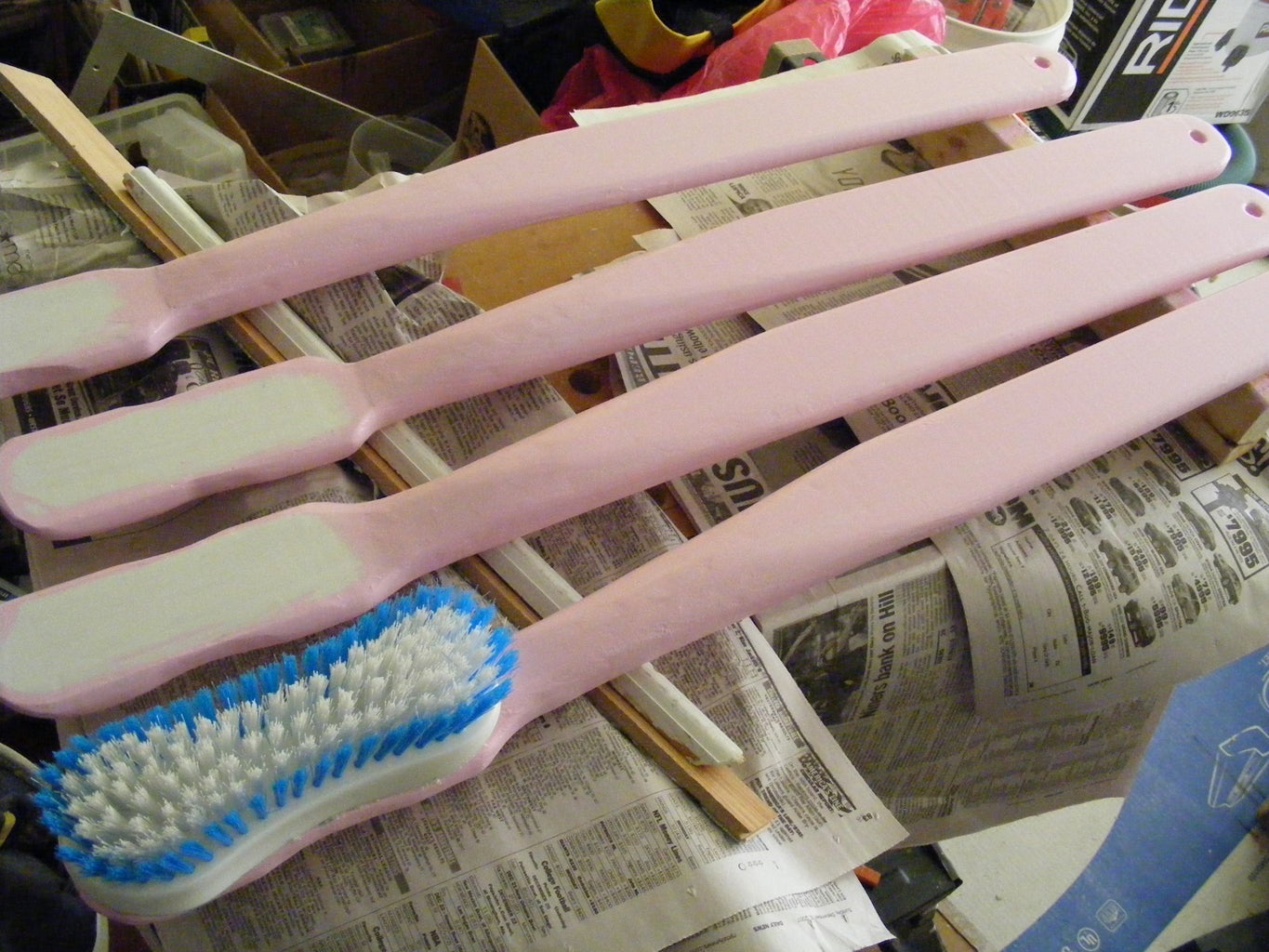
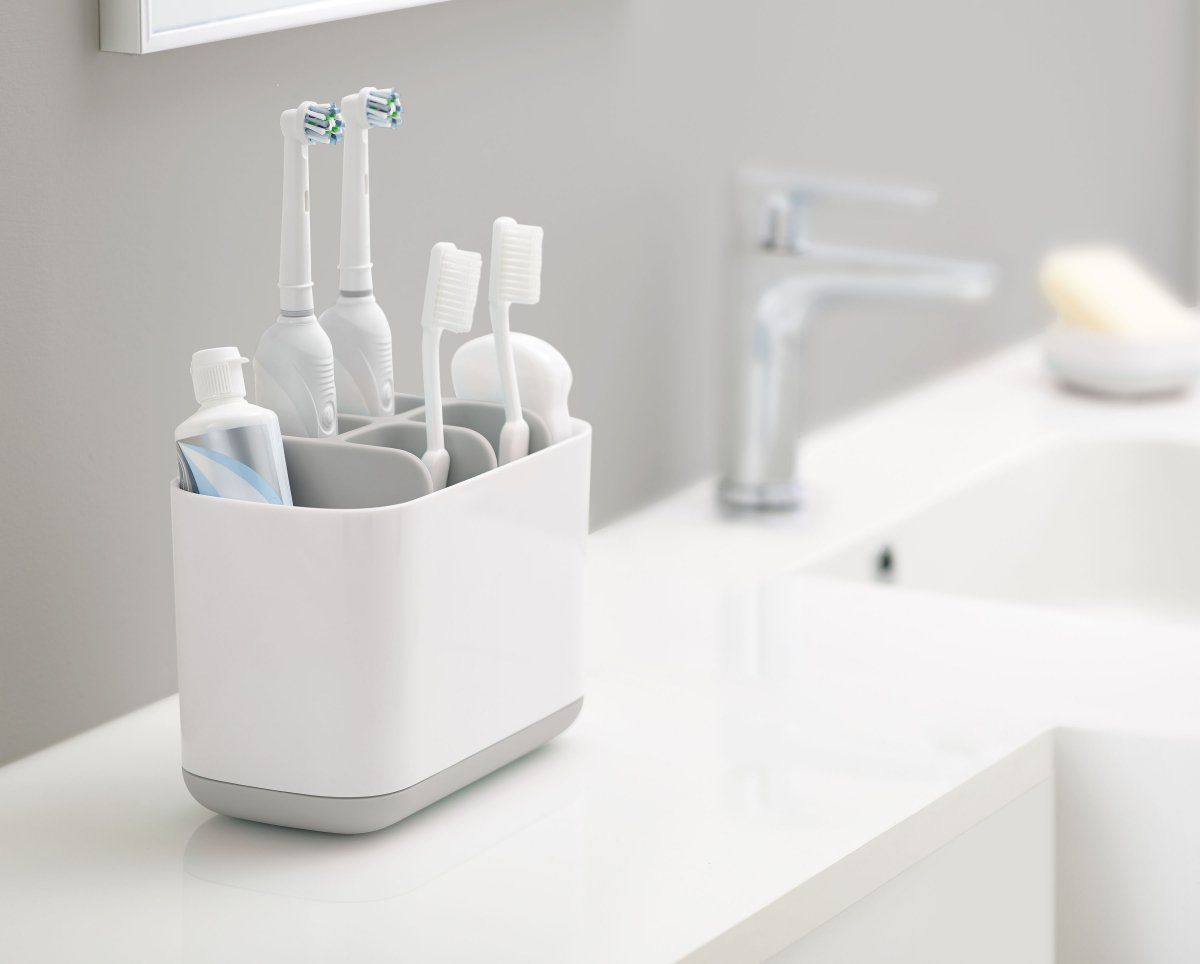
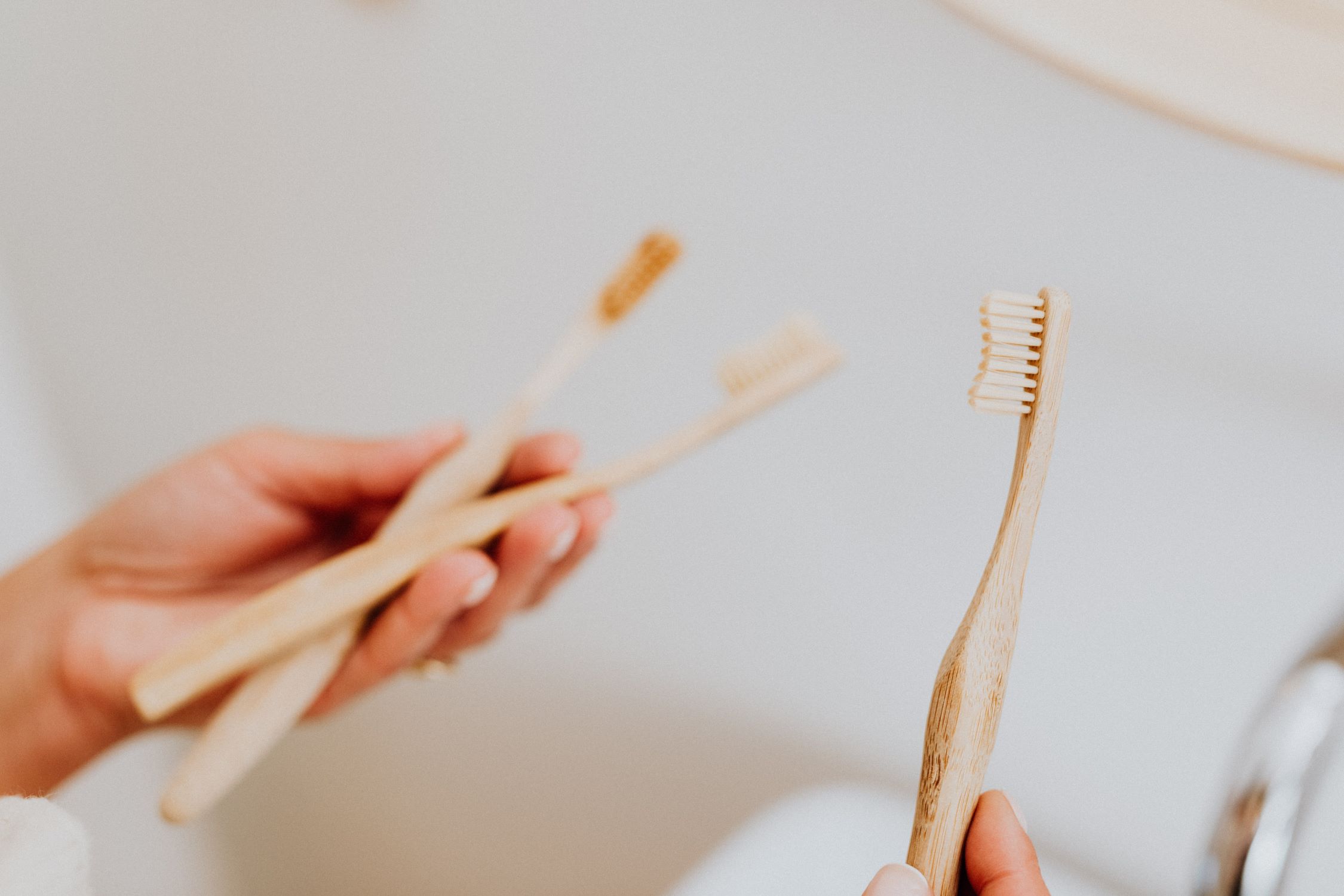
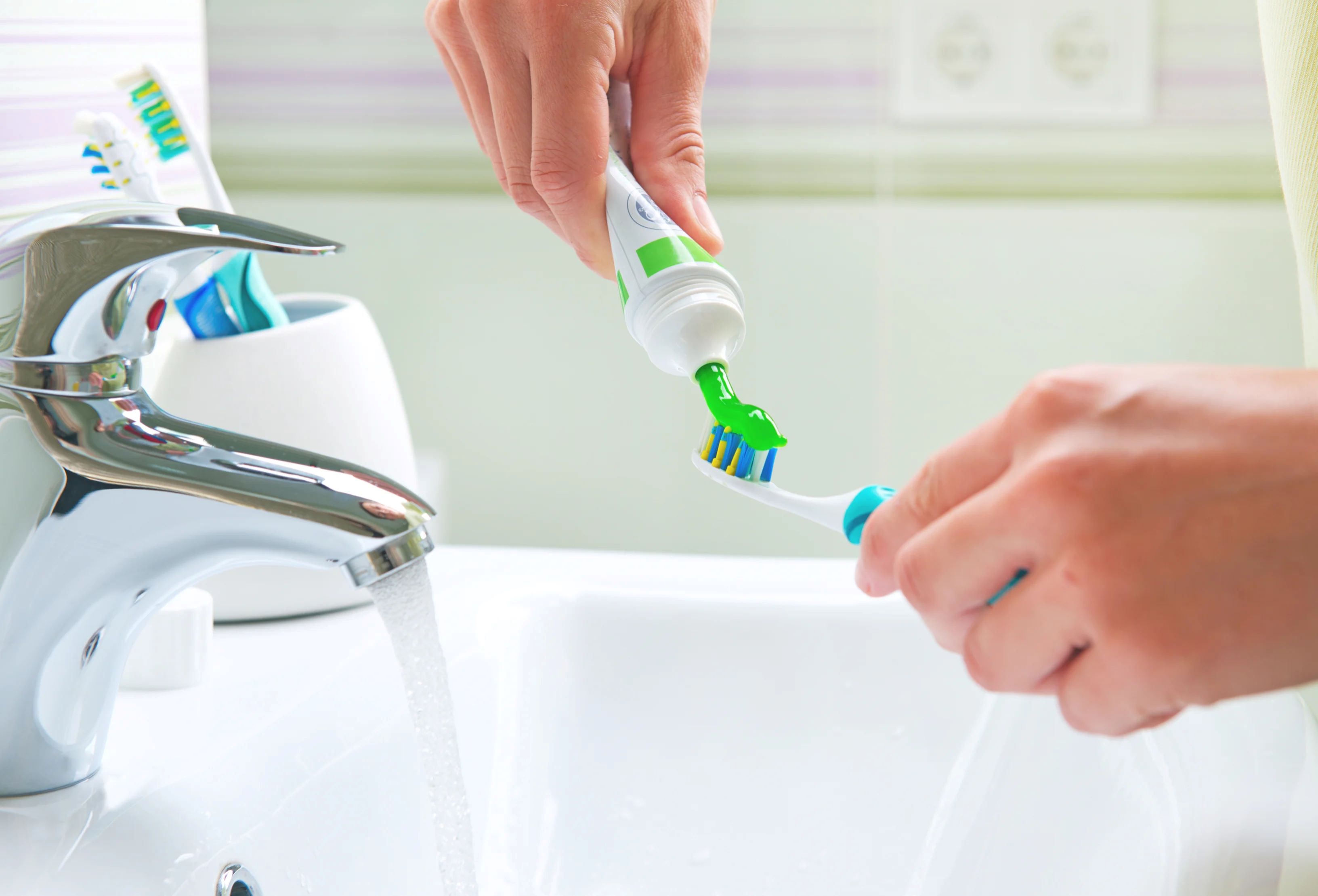

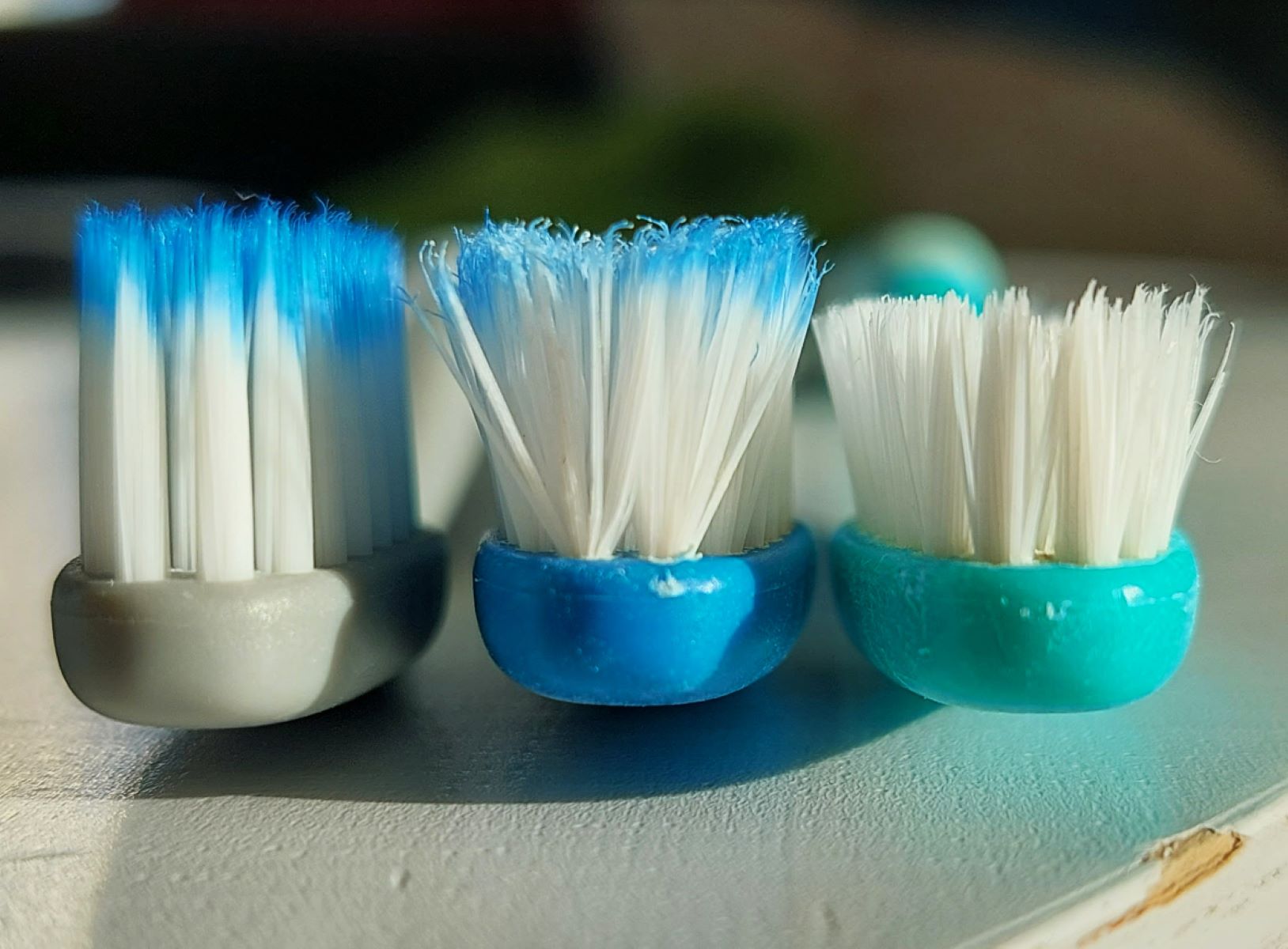
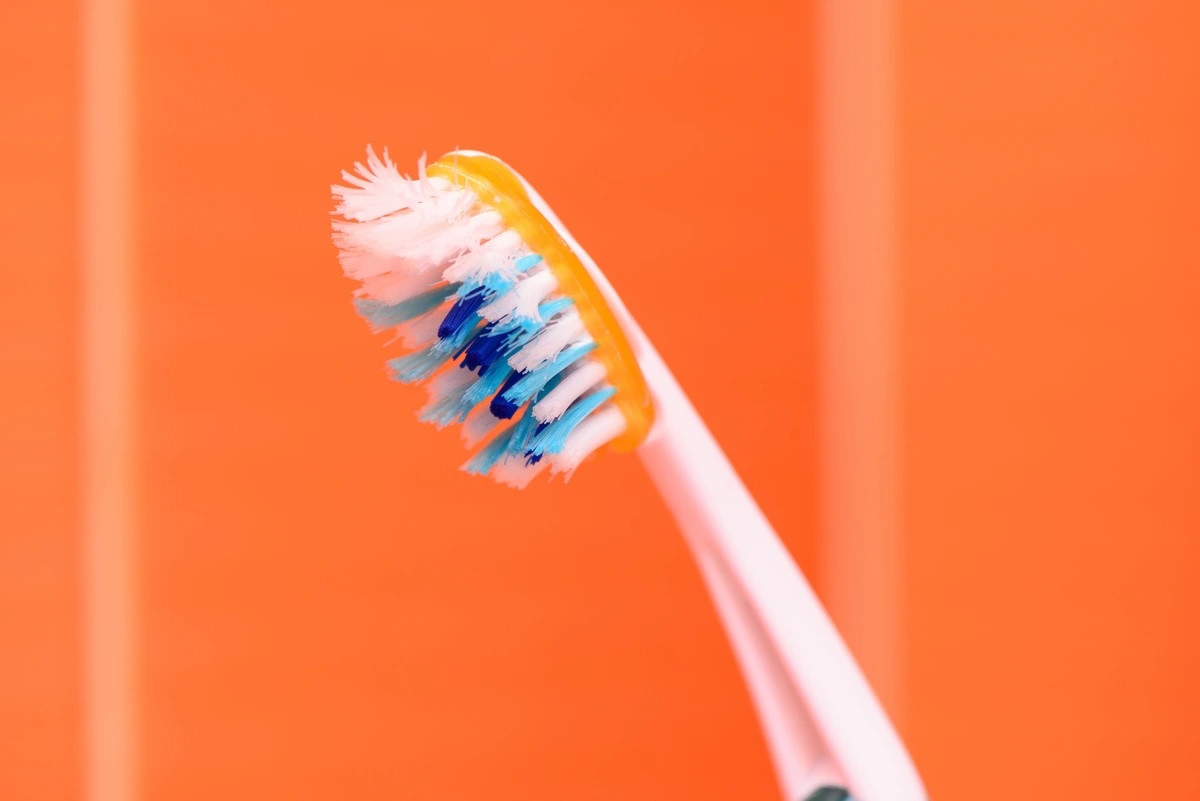
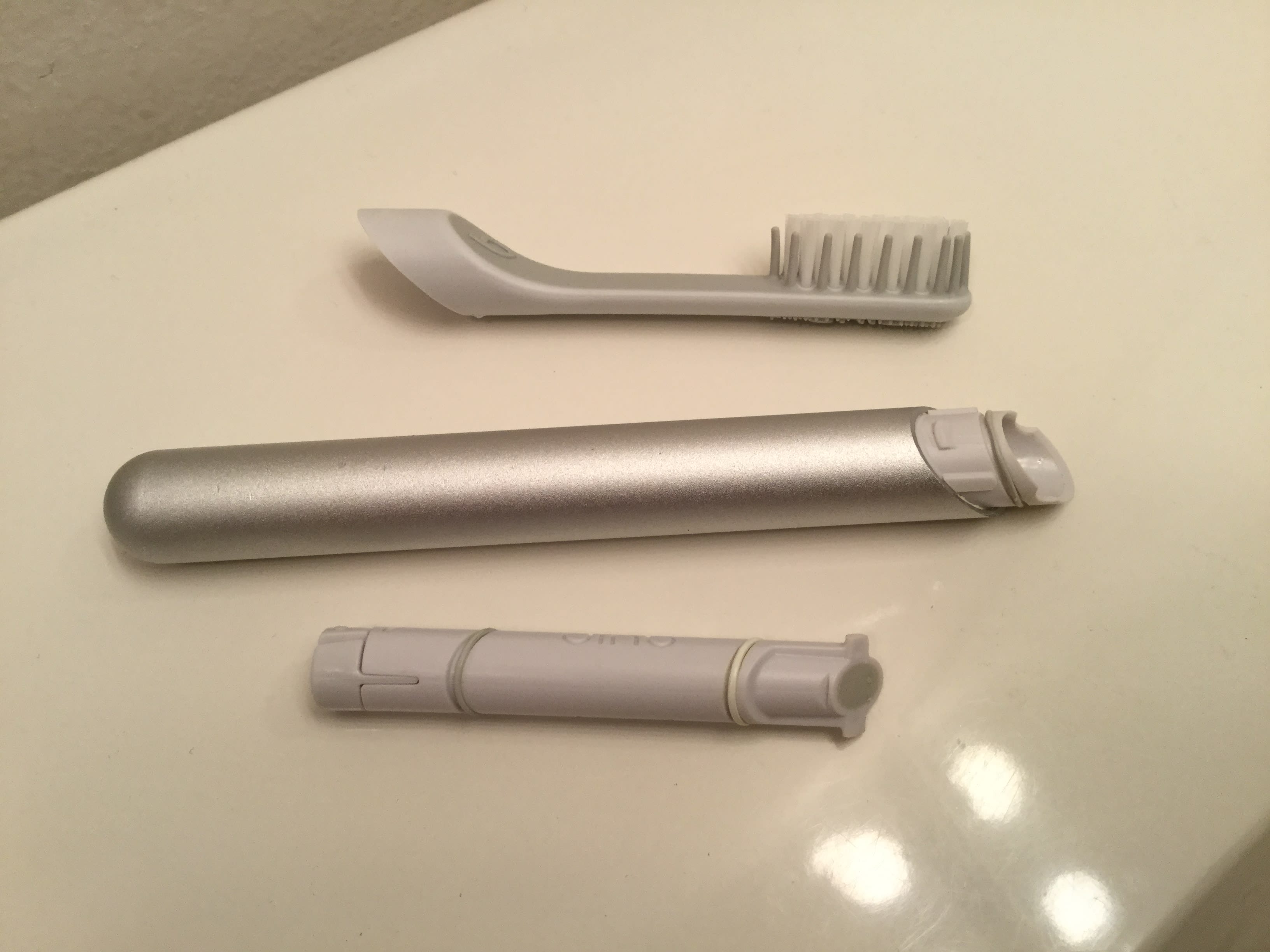

0 thoughts on “How Much Is A Toothbrush”